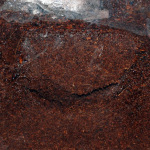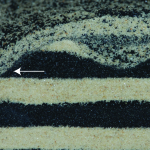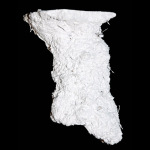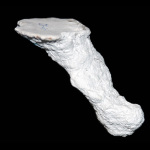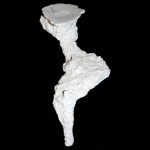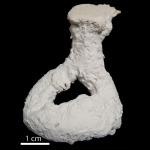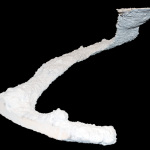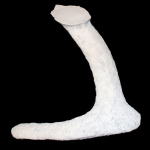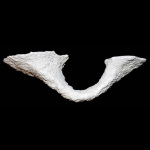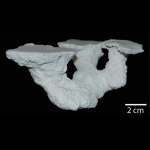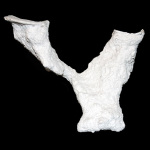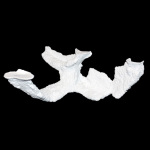The Traces of Ancient Life, Shown Through Observation of Modern Organisms
Throughout the history of life, organisms have left their mark on the world. Tracks, trails, burrows, and other modifications to a variety of substrates are preserved in the fossil record and are often the only record of life. Understanding the type of life these traces represent requires the study of traces produced by modern organisms.
The different types of traces outlined below are divided into two distinct lists: in situ traces and burrow casts.
In situ traces are are those that are still in place within the sediment. These include portions of open burrows and structures produced in loose sediment visible either through the side of a glass terrarium or in a split sediment core.
Burrow casts are three-dimensional representations of open burrows. These are produced by pouring quick-drying plaster into a burrow opening, filling in the open space produced by the burrowing animal. The casts are then excavated, cleaned, described, measured, painted, and photographed. The casts show what a fossilized burrow would like if it had been filled with mud or sand and lithified. The photos below are linked to information pages about each specific burrow architecture. Each architecture page contain links to the animals studied in the CIRL that have produced that particular burrow architecture.
